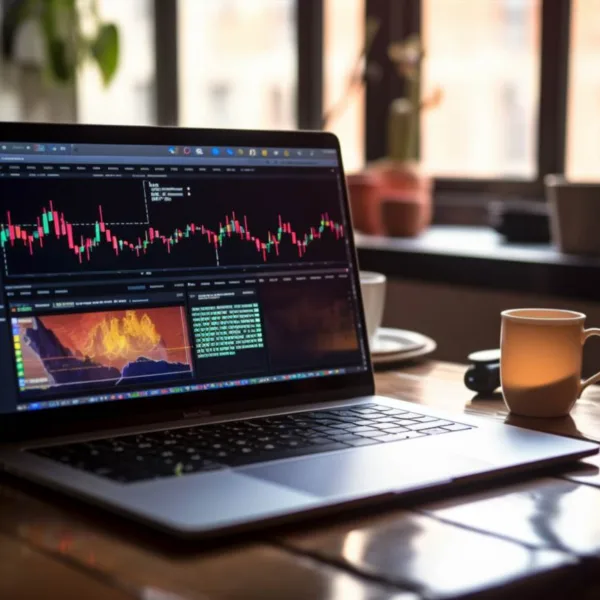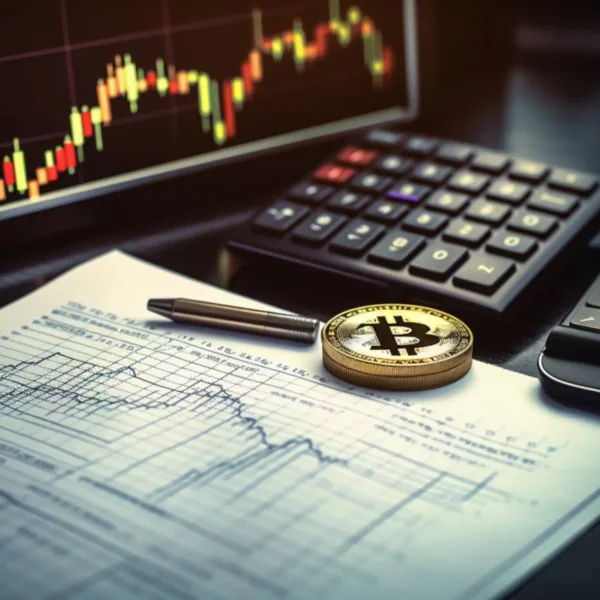Welcome to our comprehensive guide on backwardation, a phenomenon that plays a crucial role in commodity markets. In this article, we will delve into the intricacies of backwardation, exploring its causes, effects, and significance within the realm of finance and trading. Whether you are a seasoned investor or someone new to the world of commodities, understanding backwardation is essential for making informed decisions.
What is Backwardation?
Backwardation is a term commonly used in commodity markets to describe a situation where the spot price of a commodity is higher than the futures price. In other words, it’s a scenario in which the current market price for immediate delivery is greater than the price agreed upon for a future delivery. This phenomenon stands in contrast to „contango,” where futures prices are higher than the spot price.
The Mechanics of Backwardation
Backwardation can occur for various reasons, but it is often driven by the interplay of supply and demand dynamics. When the market perceives an imminent scarcity of a commodity, such as due to supply disruptions or high demand, it can lead to a higher spot price. In such situations, traders and investors are willing to pay a premium to secure immediate access to the commodity, driving up the spot price.
This deviation from the norm has significant implications for market participants, including producers, consumers, and speculators.
Effects of backwardation
Backwardation has several notable effects on commodity markets:
- Producer Behavior: When backwardation occurs, producers may hold back from selling their inventory at current spot prices, anticipating even higher prices in the future. This can contribute to a decrease in immediate supply.
- Inventory Management: Consumers and businesses that rely on the commodity for their operations may choose to draw down their inventories or increase purchases to avoid potential price hikes in the future.
- Market Signals: Backwardation is often interpreted as a market signal of potential supply constraints, prompting speculators to enter the market with the expectation of profiting from future price increases.
Arbitrage Opportunities
Backwardation can create opportunities for arbitrage, where traders exploit price differentials between spot and futures markets. In this context, traders may buy the physical commodity at the lower spot price and simultaneously sell a futures contract at the higher price. This strategy can potentially lead to profit if the futures price converges with the spot price upon contract maturity.
Significance in financial markets
Backwardation is not limited to commodities; it also has implications for financial markets:
- Interest Rates: Backwardation can occur in interest rate markets when short-term interest rates are higher than long-term rates. This situation can suggest economic uncertainty or expectations of future rate decreases.
- Currency Markets: Backwardation can influence currency markets, reflecting uncertainties about future exchange rates.
Managing Risks
Market participants often use strategies to manage risks associated with backwardation, such as hedging with futures contracts or employing options to protect against adverse price movements.
Faqs about backwardation
Q: How does backwardation differ from contango?
Backwardation occurs when spot prices are higher than futures prices, signaling potential scarcity. Contango, on the other hand, is when futures prices are higher due to carrying costs, such as storage and financing.
Q: How long can backwardation persist?
Backwardation can persist for varying durations, depending on market conditions. It may last for weeks, months, or even longer, depending on the factors driving the phenomenon.
Q: How does backwardation affect investment decisions?
Backwardation can influence investment decisions by signaling potential price increases. Investors may use this signal to adjust their portfolios or engage in arbitrage strategies.
Q: Can backwardation lead to guaranteed profits through arbitrage?
While backwardation offers arbitrage opportunities, they are not guaranteed profits. Market conditions can change, impacting the convergence of spot and futures prices.
In conclusion, backwardation is a fundamental concept in commodity and financial markets. It reflects the complex interplay between supply, demand, and market sentiment. Understanding backwardation can provide valuable insights for traders, investors, and businesses navigating the complexities of these markets.
Zobacz także:




Zostaw komentarz